Choosing the right UV-protected safety glass is essential for ensuring both safety and comfort in various environments. Whether you are working in construction, laboratories, or outdoor settings, protecting your eyes from harmful UV rays while maintaining clear vision is crucial.
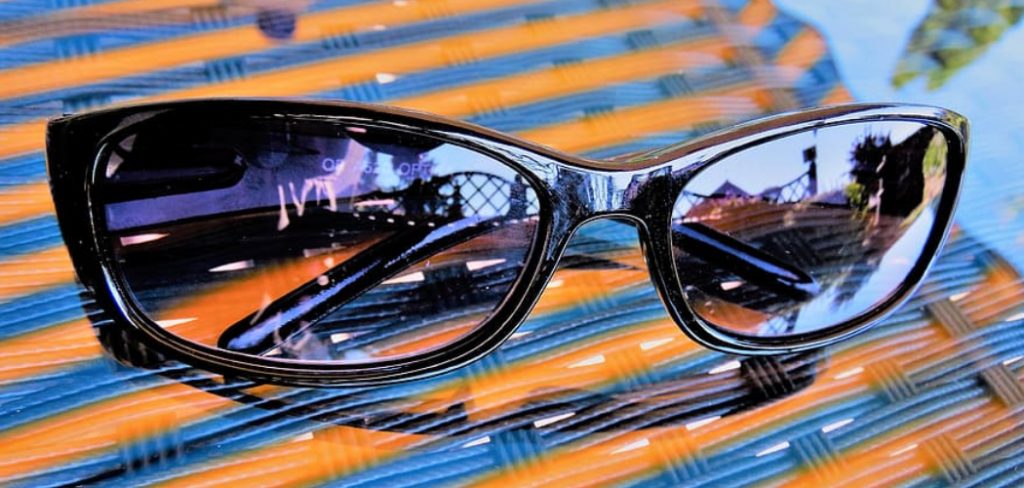
This guide on How to select UV-protected safety glass will help you understand the key factors to consider when selecting UV-protected safety glass that meets your specific needs.
What is UV-protected Safety Glass?
UV-protected safety glass is a type of protective eyewear that is designed to block harmful ultraviolet (UV) rays from entering the eyes. These glasses are made using materials that can absorb or reflect UV rays, providing maximum protection for the wearer’s eyes.
It is important to note that UV-protected safety glasses are different from regular sunglasses or prescription glasses. While these glasses may provide some level of UV protection, they are not specifically designed for high-risk environments and do not meet the required safety standards.
Factors to Consider when Selecting UV-protected Safety Glass
Lens Material:
The material used for the lens greatly determines the level of UV protection provided by safety glasses. Polycarbonate lenses are highly recommended as they have natural built-in UV protection and provide excellent impact resistance. Other materials such as Trivex and NXT, are also good options.
Lens Coating:
UV-protected safety glasses may have different types of lens coatings, including mirror coating, anti-fog coating, and anti-scratch coating. When selecting UV-protected safety glasses, consider the type of environment you will be working in and choose a suitable lens coating that can withstand the conditions.
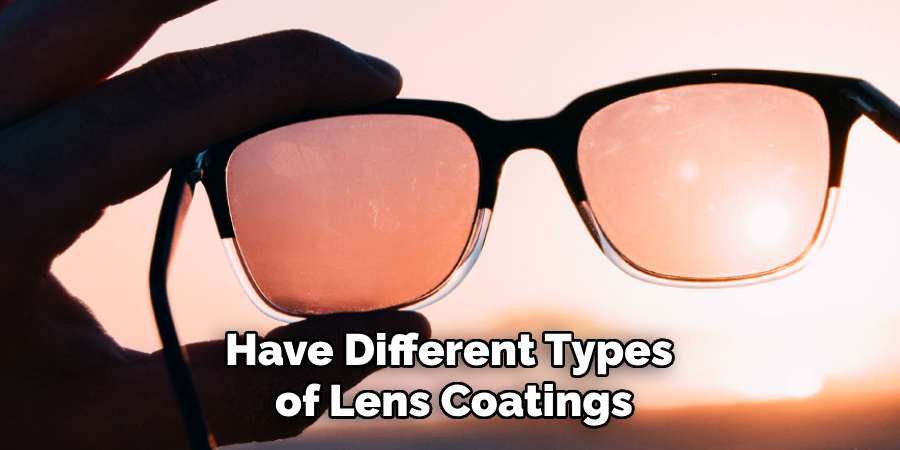
Frame Design:
The frame design plays a significant role in providing proper eye protection. Full-frame or wraparound frames offer better coverage and protection from all angles compared to half-frame or rimless designs.
Fit and Comfort:
For maximum protection and comfort, it is crucial to select UV-protected safety glasses that fit well and do not cause discomfort or pressure points. Look for glasses with adjustable nose pads and temples for a secure and comfortable fit.
UV Protection Rating:
When purchasing UV-protected safety glasses, it is important to check the label for the UV protection rating. This indicates the level of protection provided by the glasses against harmful UV rays. The higher the rating, the better the protection.
Benefits of Selecting High-Quality UV-protected Safety Glass
- Protects Eyes From Harmful UV rays
- Prevents Eye Strain and Fatigue
- Reduces Glare and Improve Visibility
- Provides Impact Resistance and Protects Against Flying Debris
- Meets Safety Standards for High-risk Environments
7 Simple Methods on How to Select Uv-protected Safety Glass
Method 1: Assess Your Working Environment
The first step in selecting UV-protected safety glasses is to assess the specific environment in which they will be used. Consider the nature of your work and the potential risks associated with it. For example, outdoor work involves prolonged exposure to sunlight, requiring glasses with high UV protection and anti-glare features.
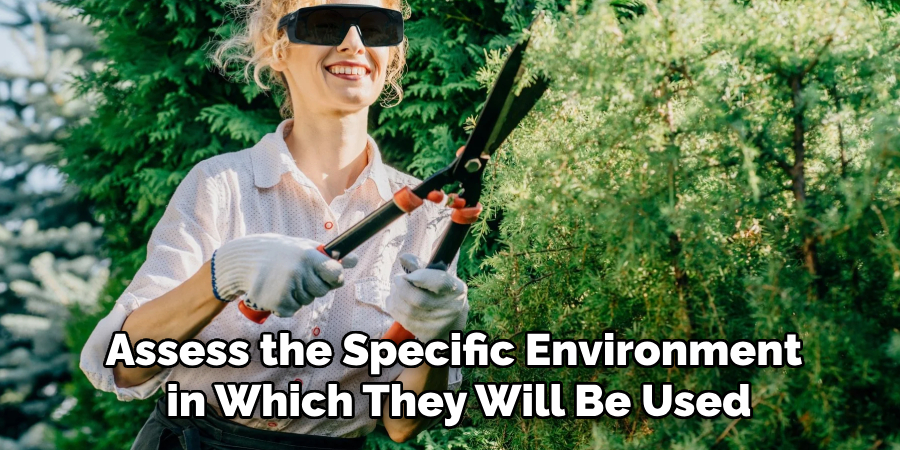
On the other hand, industrial settings may demand additional features like impact resistance and anti-fog coatings to handle dust, debris, or temperature changes. By understanding your working environment, you can prioritize the necessary features in your safety glasses to ensure optimal protection and functionality.
Method 2: Check for Safety Standards Compliance
When selecting UV-protected safety glasses, ensure that they meet the necessary safety standards set by reputable organizations like ANSI (American National Standards Institute) or CSA (Canadian Standards Association). These standards ensure that the glasses have been tested and approved for use in high-risk environments.
If you are unsure, check with your employer or consult a safety expert to confirm the required safety standards for your specific industry.
Method 3: Consider Your Personal Needs
Personal preferences also play a role in choosing UV-protected safety glasses. Some people may prefer specific lens tints, such as brown or gray, while others may need prescription lenses or bifocals. Make sure to choose glasses that cater to your personal needs without compromising on safety features.
Otherwise, you may end up with glasses that do not fit or provide the necessary protection, leading to discomfort and potential hazards.
Method 4: Test for Proper Fit
Before making a purchase, it is crucial to try on the glasses and test for proper fit. The right pair of safety glasses should sit comfortably on your face without slipping or causing pressure points. They should also provide adequate coverage around the eyes and temples.
If possible, wear them for an extended period to check for any discomfort or issues with visibility. Remember, uncomfortable glasses can distract you from your work and compromise both safety and productivity.
Method 5: Look Into Lens Coatings
Lens coatings play a vital role in enhancing the durability and functionality of UV-protected safety glasses. However, not all coatings are suitable for every environment. For example, while anti-fog coating is necessary in humid or cold environments, mirror coating may be more suitable for outdoor work.
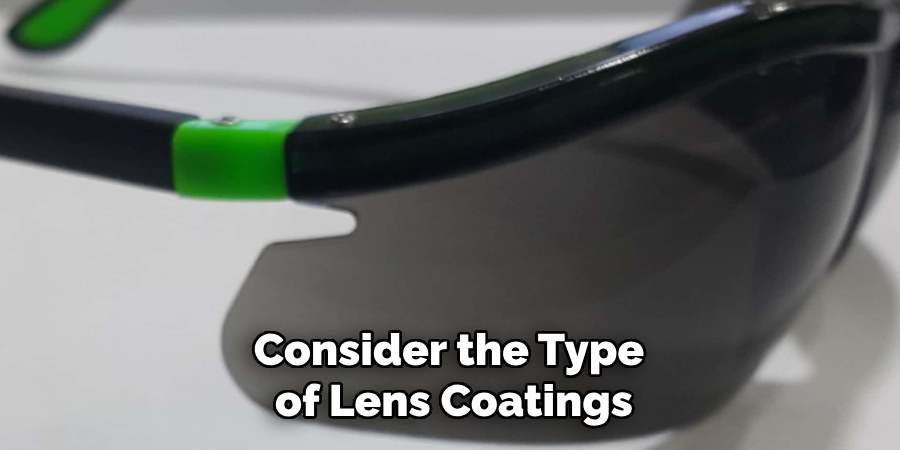
Consider the type of lens coatings you will need based on your working environment and select glasses that provide the necessary features. The better the lens coating, the longer your glasses will last and provide optimal protection.
Method 6: Check for Lens Material
As mentioned earlier, polycarbonate lenses are highly recommended for UV-protected safety glasses due to their excellent impact resistance and built-in UV protection. However, other materials like Trivex and NXT also offer similar benefits.
Do some research on different lens materials and choose one that best fits your needs and budget.
Method 7: Don’t Compromise on Quality
Finally, do not compromise on quality when it comes to selecting UV-protected safety glasses. High-quality glasses may be more expensive, but they offer better protection and durability in the long run. Remember, your eyes are priceless, and investing in proper eye protection is essential for your overall well-being.
In addition to these methods, it is always a good idea to consult with a safety expert or optometrist for further guidance on selecting the right UV-protected safety glasses for your needs. By considering all these factors and following these methods on How to select UV-protected safety glass, you can ensure maximum eye protection and comfort while working in high-risk environments. Stay safe!
Additional Tips for Maintaining and Caring for Your UV-protected Safety Glasses
- Always clean your safety glasses with a soft cloth and appropriate cleaning solution, avoiding harsh chemicals or abrasive materials.
- Store your glasses in a protective case when not in use to prevent scratches and damage.
- Replace your safety glasses if they become scratched or damaged, as this can compromise their effectiveness.
- Regularly check the fit of your glasses and make any necessary adjustments to ensure they provide proper protection.
- Avoid leaving your safety glasses in direct sunlight or high heat, as this can damage the lenses over time.
- Consider investing in a second pair of safety glasses to have as a backup in case one gets lost or damaged.
- Follow the manufacturer’s instructions for replacing the lenses or frames when necessary.
By following these tips and properly maintaining your UV-protected safety glasses, you can extend their lifespan and continue to receive optimal eye protection on the job. Remember to regularly replace your glasses as needed to ensure maximum effectiveness and prioritize eye safety in all work environments.
Frequently Asked Questions
Q1: Can I Use Regular Sunglasses as a Substitute for UV-protected Safety Glasses?
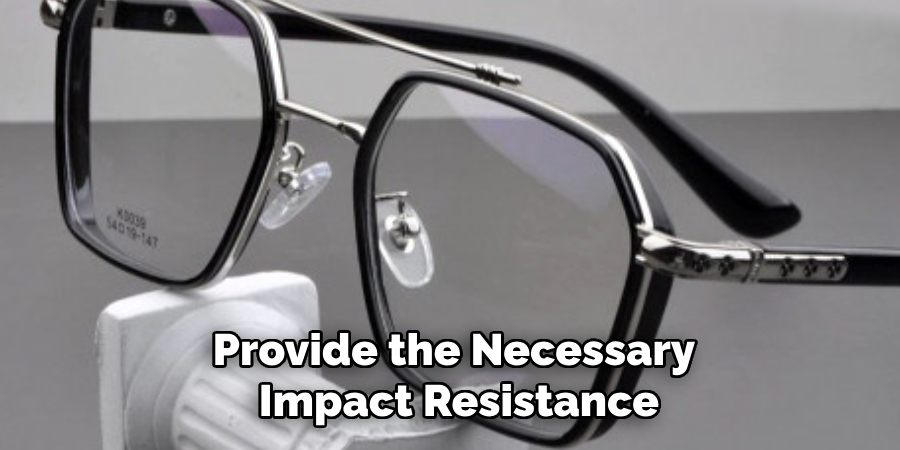
A: No, regular sunglasses may not provide the necessary impact resistance and other safety features required in high-risk work environments. It is essential to choose glasses that specifically meet safety standards for optimal protection.
Q2: How Often Should I Replace My Uv-protected Safety Glasses?
A: It is recommended to replace your safety glasses every 1-2 years or sooner if they become scratched or damaged. Regularly check the fit and functionality of your glasses to ensure they are still providing proper protection.
Q3: Can I Wear Contact Lenses Underneath My Uv-protected Safety Glasses?
A: Yes, you can wear contact lenses with safety glasses. However, make sure to follow proper hygiene practices and avoid touching your eyes while wearing them for optimal eye health. Consult with your eye doctor for more personalized advice.
Q4: Are There Any Other Features I Should Look for in UV-protected Safety Glasses?
A: Depending on your specific needs, you may also want to consider glasses with adjustable nose pads or temples, anti-scratch coatings, and polarized lenses. Remember to prioritize both safety and comfort when selecting the right glasses for you.
Conclusion
Choosing the right UV-protected safety glass is crucial for protecting your eyes from harmful UV rays while ensuring clear vision and comfort. Consider the lens material, coating, frame design, fit, and UV protection rating when selecting safety glasses. It is also important to regularly replace any damaged or worn-out glasses to maintain maximum effectiveness.
By following these tips and methods on How to select UV-protected safety glass, you can make informed decisions when it comes to selecting and maintaining your UV-protected safety glasses. Remember, safety should always come first in any work environment. Stay safe out there!
About
Safety Fic is a distinguished figure in the world of Diy design, with a decade of expertise creating innovative and sustainable Diy solutions. His professional focus lies in merging traditional craftsmanship with modern manufacturing techniques, fostering designs that are both practical and environmentally conscious. As the author of diy, Safety Fic delves into the art and science of Safety Fic-making, inspiring artisans and industry professionals alike.
Education RMIT University
(Melbourne, Australia) Associate Degree in Design (Safety Fic) Focus on sustainable design, industry-driven projects, and practical craftsmanship. Gained hands-on experience with traditional and digital manufacturing tools, such as CAD and CNC software.
Nottingham Trent University
(United Kingdom) Bachelor’s in diyfastly.com and Product Design (Honors) Specialized in product design with a focus on blending creativity with production techniques. Participated in industry projects, working with companies like John Lewis and Vitsoe to gain real-world insights.
Publications and Impact
In diy, Safety Fic his insights on indoor design processes, materials, and strategies for efficient production. His writing bridges the gap between artisan knowledge and modern industry needs, making it a must-read for both budding designers and seasoned professionals.
